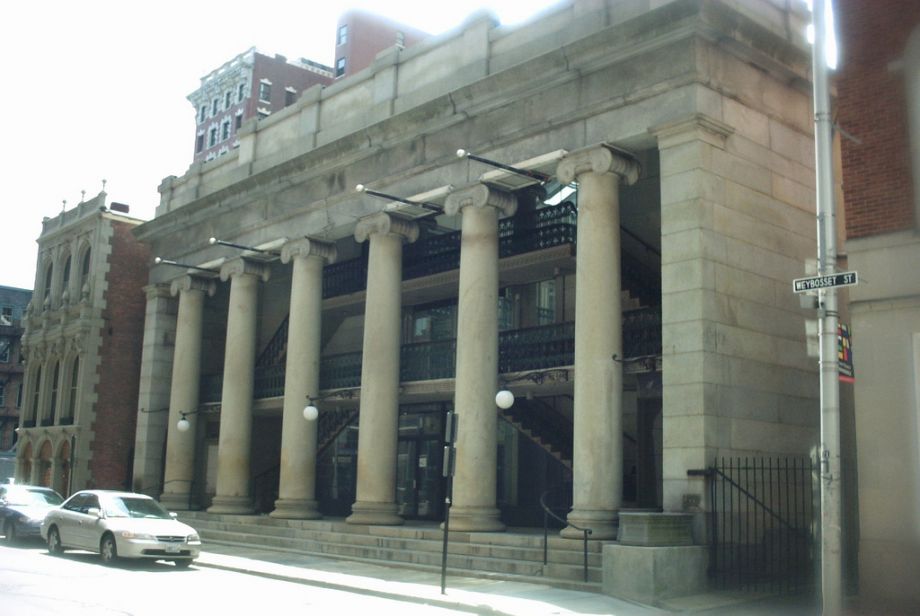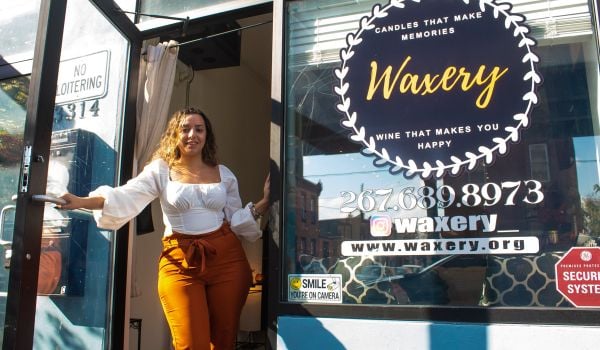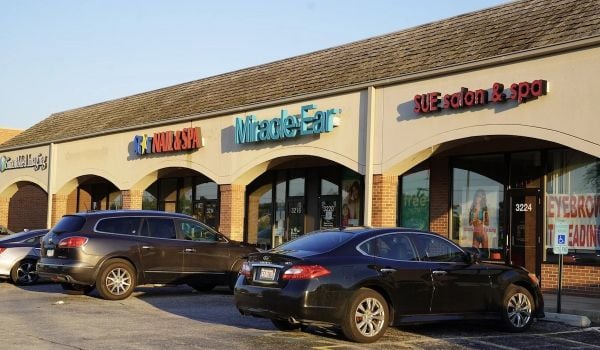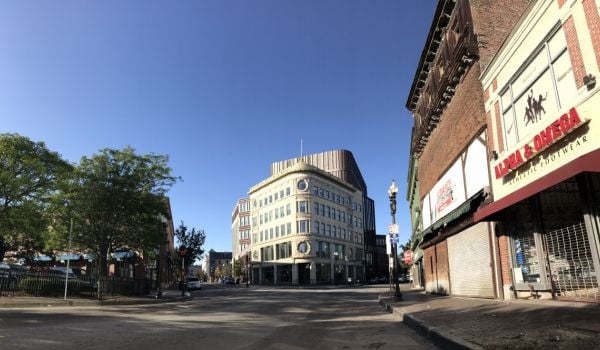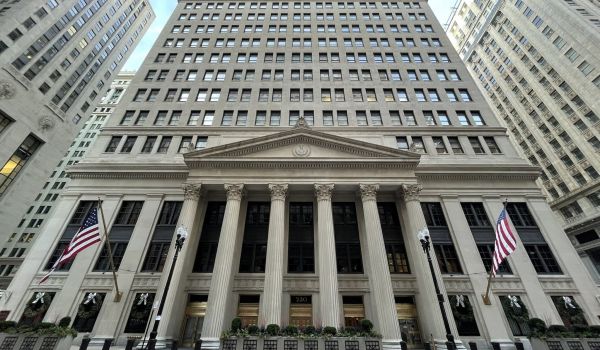America’s oldest indoor shopping mall is slated to reopen this spring as a mixed-use development.
Built in 1828 and declared a national historic landmark in 1976, the Providence Arcade closed in 2008 for renovation. But its location in downtown Providence, R.I. makes it a prime candidate for a different sort of development. Developer Evan Granoff plans to not only install retail and restaurants to the ground floor but, taking a cue from New York City, add to top floors residential units modeled after Mayor Michael Bloomberg’s suggestion for micro-apartments.
Of the 48 units to be built on the second and third floors of the building, 38 are modular one-bedroom studios ranging between 225 and 450 square feet. The kitchen comes equipped with a nearly full-sized refrigerator, sink, microwave and dishwasher. A queen-size bed and Murphy bed are also featured in the specs.
The micro units are likely meant to appeal to the more than 20,000 people living alone in Providence, according to census numbers. (Going solo is a national trend, after all.) Ten larger, one-to-three bedroom units will also be available in The Arcade Providence to accommodate families. Prices start at $550 a month.
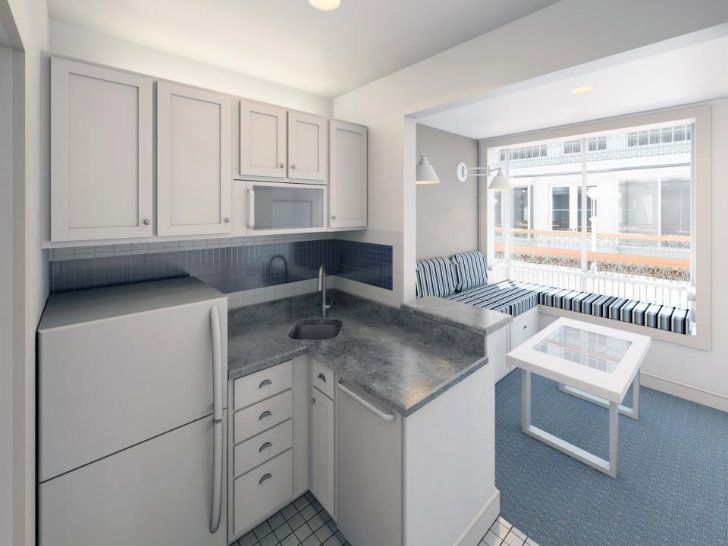
Credit: The Arcade Providence
Providence Arcade is one of several shopping centers around the country getting a total makeover.The recession’s massive hit on the retail industry has left many of these immense buildings vacant. Now, some are being re-engineered to live new, more sustainable lives.
In fact, the Congress for the New Urbanism (CNU) has been on a crusade to turn such “large landholdings that are in existing communities, near transit, with existing utilities and transportation systems” into valuable spaces for densification. One success story is the conversion of a vacant mall in Lakewood, Colo. into a popular mixed-use development with housing, retail, offices and public space. CNU reports that 18 percent of malls are or will soon be ready for what it calls “the new urbanist treatment,” according to estimates by PricewaterhouseCoopers.
Similarly, deserted suburban big-box stores are being converted into public amenities.
In Texas, an abandoned Walmart was transformed into the McAllen Public Library after the retailer left for a larger location. The 124,000-square-foot space is now the largest single-story library in the U.S.
Wisconsin Rapids, Wisc. had welcomed a Walmart of its own with open arms (and a federal grant for parking) in the 1980s. But after Walmart moved on a decade later, the old paper mill town had a 120,000-square-foot shell on its hands. Today that shell serves as a center for senior citizens. Likewise, former Kmarts in Buffalo and Charlotte have been recycled as charter schools.

